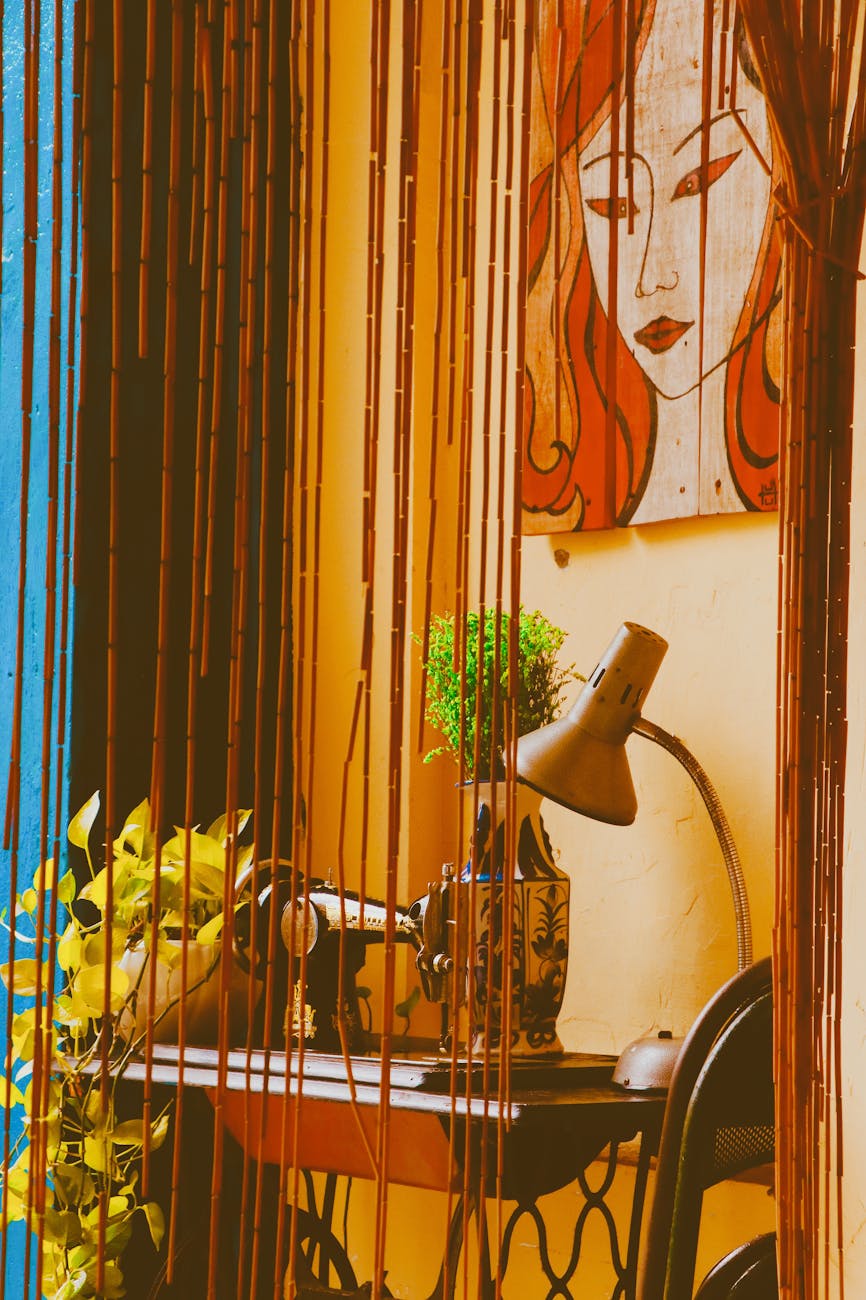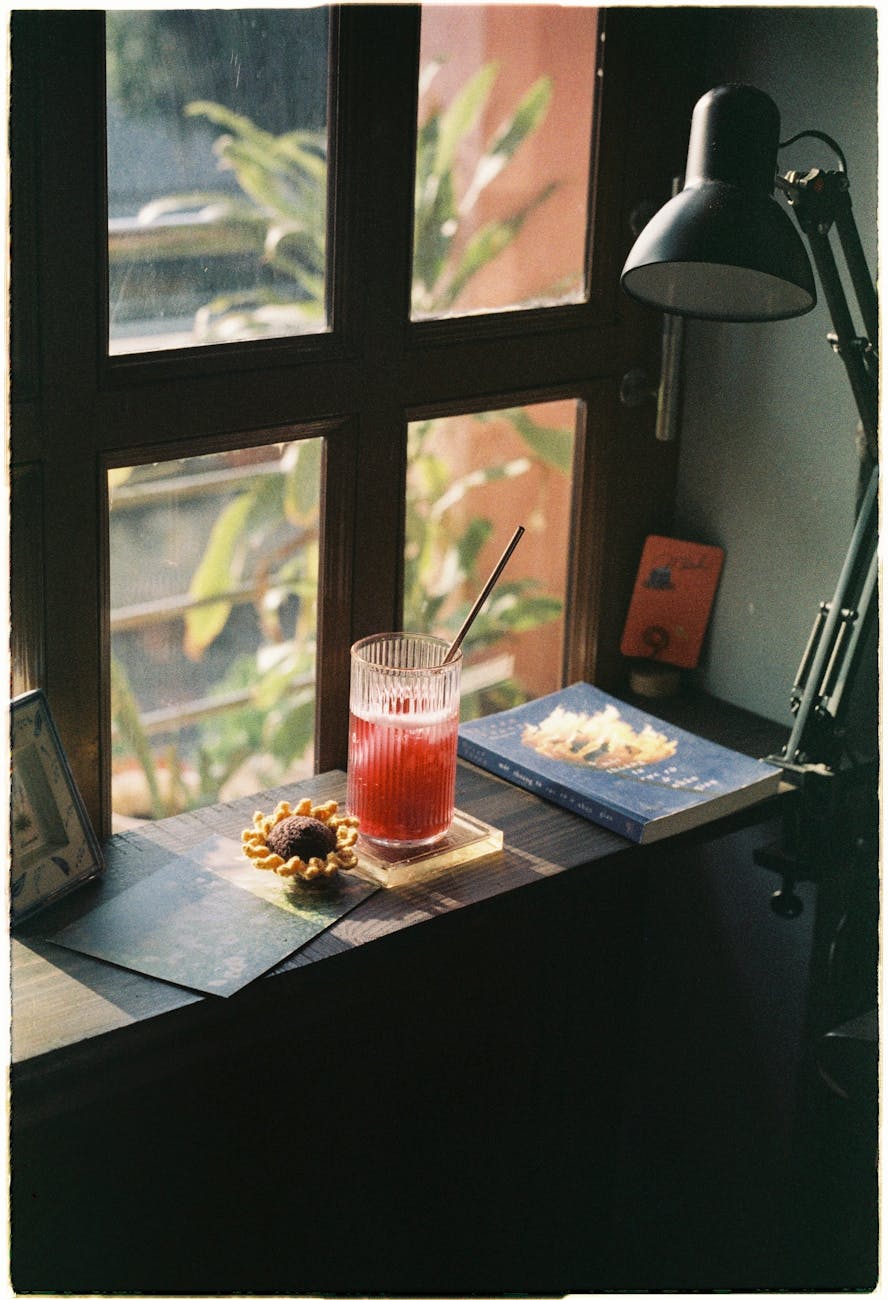How to Rewire a Vintage Lamp Safely
Rewiring a vintage lamp can breathe new life into a beautiful antique while ensuring it meets modern electrical safety standards. Whether you’ve discovered a gem at a flea market or inherited a piece from a family member, this guide will take you through the steps to rewire a vintage lamp safely and efficiently. Armed with the right tools and a bit of patience, you can transform a non-functional antique into a glowing masterpiece. Let’s dive into the process!
Tools and Materials You Will Need
Before you begin, gather the necessary tools and materials. These might include:
- A screwdriver set
- A wire stripper and cutter
- A new socket and plug
- Electrical wire (usually 18-gauge)
- A continuity tester or multimeter
- Needle-nose pliers
- Wire nuts and electrical tape
Step-by-Step Guide to Rewiring a Vintage Lamp
1. Safety First
Before handling any electrical equipment, ensure that the lamp is unplugged. If you’re rewiring a lamp that is connected to a fixture, turn off the power supply at the breaker box. Safety should always be your top priority, so take necessary precautions to avoid any electrical hazards.
2. Disassemble the Lamp
Carefully disassemble the lamp by removing the lampshade and bulb. Next, unscrew the socket set from the lamp base. This process may vary depending on the design of your lamp, so pay attention to how parts are connected for reassembly later.
3. Remove Old Wiring
With the lamp disassembled, remove the old wiring. Use needle-nose pliers to gently pull the wires from the socket, making sure to note the path the wire takes through the lamp’s structure. This will help when threading the new wire.
4. Prepare and Install New Wiring
Measure the length of the new electrical wire to match the old one you removed, making sure to add extra length as needed for movement or adjustments. Strip about 1/2 inch of insulation off both ends of the new wire. Attach one end to the new socket, threading the other through the lamp body.
5. Connect the New Socket and Plug
Attach the stripped end of the wire to the new socket terminals. Secure the connections using wire nuts or appropriate screws, being mindful to differentiate between the neutral (usually ribbed or marked with a white line) and live wires. Finally, connect the opposite end of the wire to a new plug.
6. Test the Lamp Circuit
Before reassembling the lamp, use a continuity tester or multimeter to ensure there are no breaks in your circuit and that all connections are secure. This verifies that electricity will flow freely when you reconnect the lamp to power.
7. Reassemble and Test the Lamp
Once all safety checks are complete, reassemble the lamp in the reverse order you disassembled it. After reassembling, add the bulb and shade back on. Plug the lamp in and switch it on to test your work.
Conclusion
Rewiring a vintage lamp is a rewarding project that extends the life and functionality of a charming piece of decor. By following these steps carefully and respecting electrical safety protocols, you can ensure that your lamp is both beautiful and safe to use. Enjoy the warm glow of your revitalized vintage treasure!





